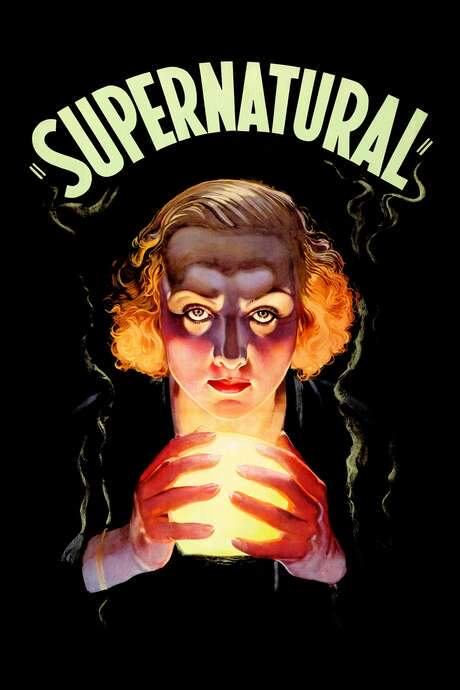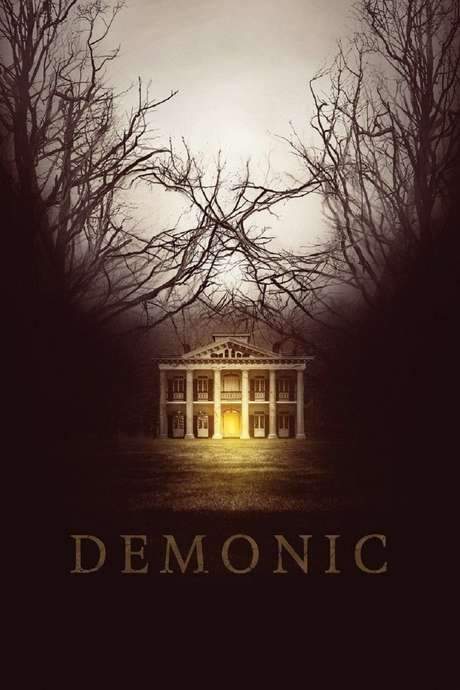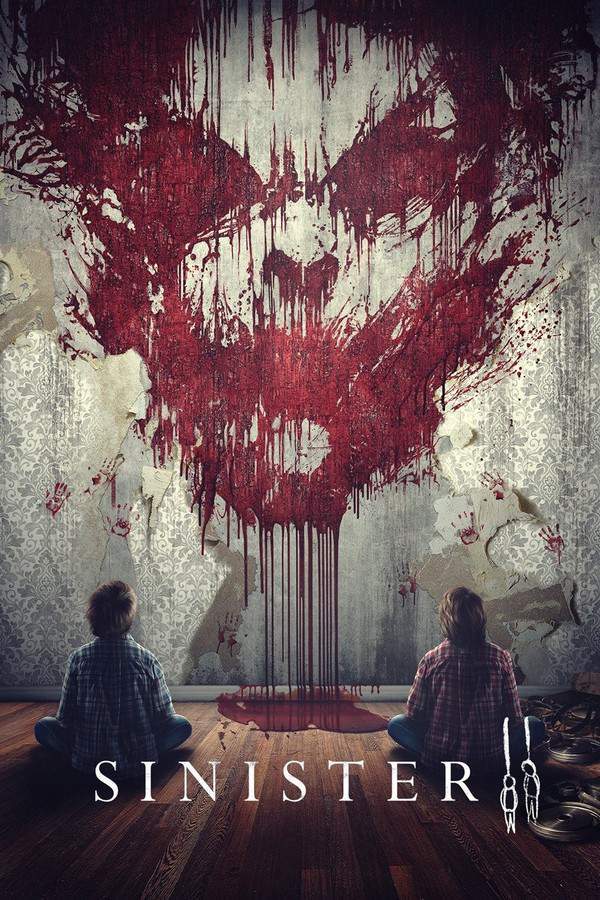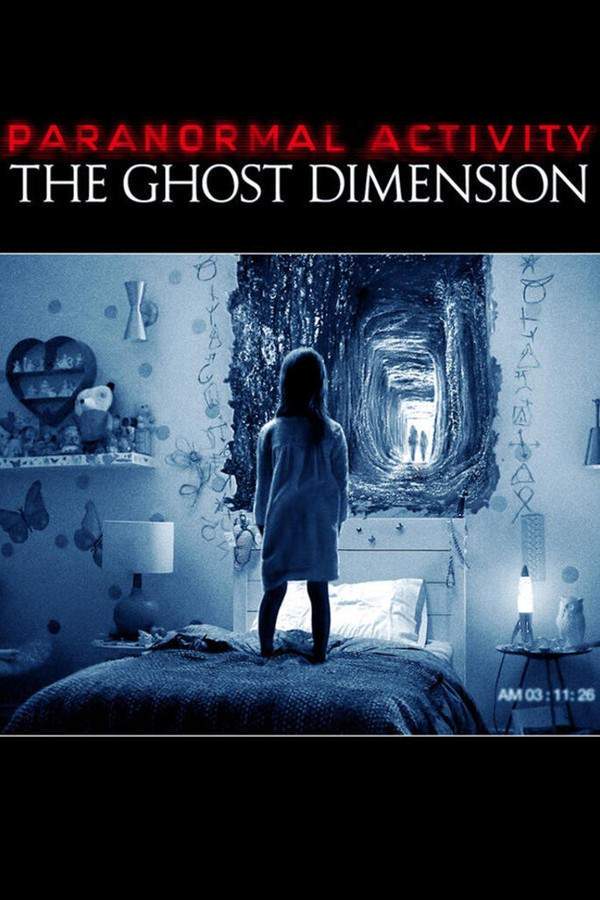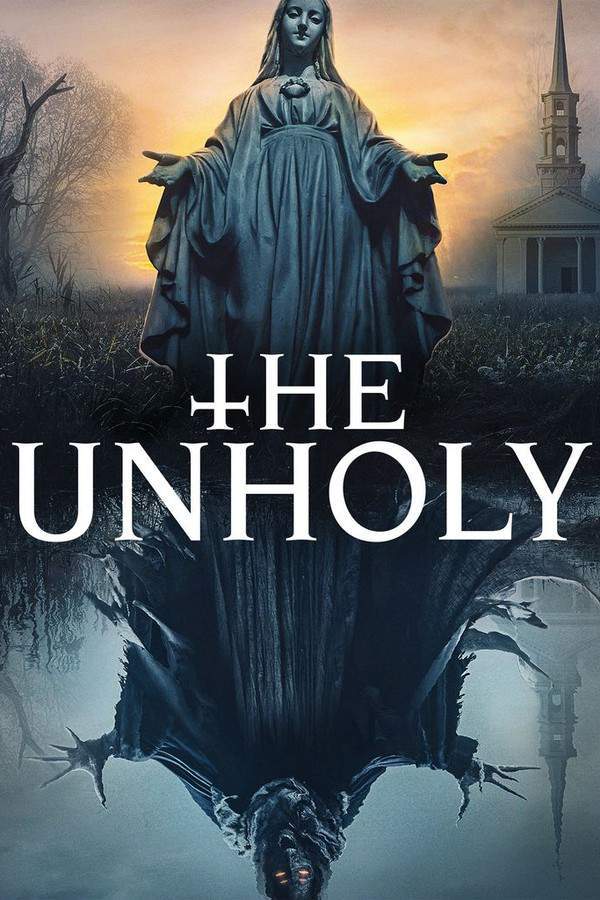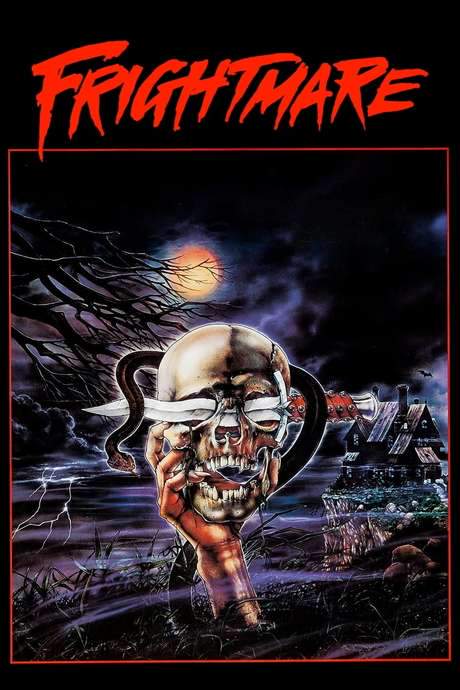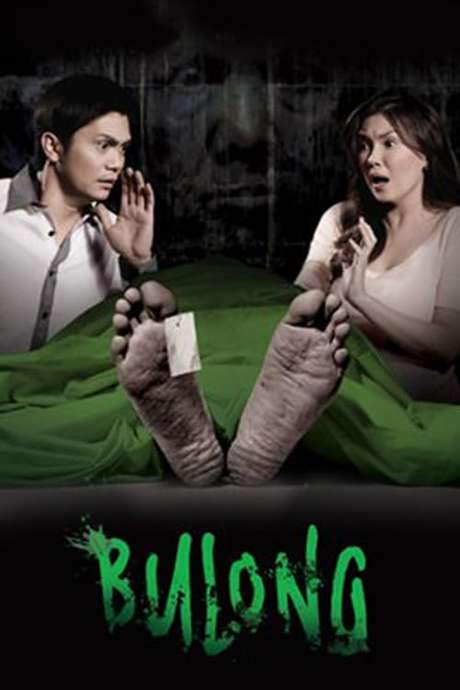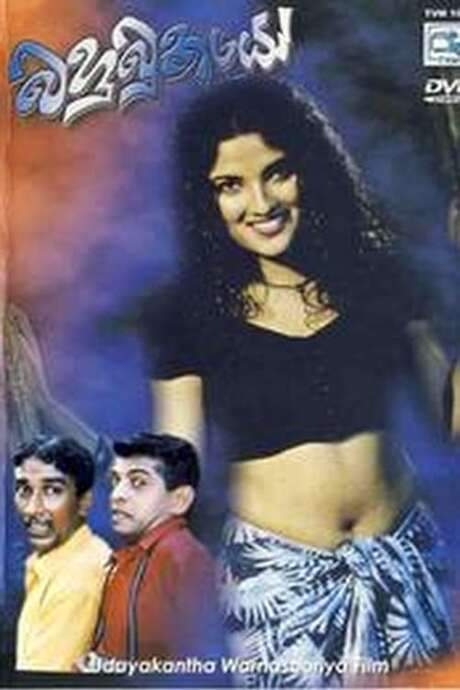
Bahubuthayo
Year: 2002
Runtime: 107 mins
Language: Sinhalese, Sinhala
Director: Udayakantha Warnasuriya
Two young journalists fight against an evil spirit.
Warning: spoilers below!
Haven’t seen Bahubuthayo yet? This summary contains major spoilers. Bookmark the page, watch the movie, and come back for the full breakdown. If you're ready, scroll on and relive the story!
Bahubuthayo (2002) – Full Plot Summary & Ending Explained
Read the complete plot breakdown of Bahubuthayo (2002), including all key story events, major twists, and the ending explained in detail. Discover what really happened—and what it all means.
Two young journalists, Lanti and Bunty, set out on a southern assignment to Kirindiwela to write a feature about devil dancing and exorcist rituals for a travel publication. The legend-soaked village hums with rumors of ancient spirits, and their investigation begins with a brush with a possessed woman who hysterially pursues them. They retreat into the jungle, where a small, seemingly quiet house appears as a beacon of refuge. Inside, they meet Elaris Appuhami, a village exorcist who reveals a strange hospitality, and Bunty, ever curious, snaps a photo of a pretty young girl named Tikiri, whom Elaris presents as his domestic helper. The moment is innocent enough, but it plants the seed of trouble that will pull them deeper into the village’s dark history.
When they wake to find Tikiri following them, the two journalists struggle to shake her off. Their attempts to send her away fail, and the situation grows desperate enough to seek help from the Chief Priest of the village temple. The priest delivers a chilling truth: Tikiri is not a mere girl—she is an evil spirit masquerading as a human, a revelation that stuns them into a wary fear. Elaris Appuhami’s earlier claim to keep Tikiri as his helper now reads differently, and the journalists plead for protection from this supernatural danger. The Chief Priest proposes a grim bargain: they will have to confront the nuisance only after months, when they will return to help raise a temple bell pole. Reluctantly, Lanti and Bunty accept the terms and bow to the plan, and the priest seemingly removes Tikiri from their path.
Back home, the trauma seems to fade as seasons pass. Three months slip by, and the obligation to return to the village to complete the bell is forgotten. Tikiri reappears, more determined than ever, and the house—along with their roommate Chaminda, their office colleagues, and even a local gang—falls under her malevolent influence. Their world spirals into chaos as Tikiri’s powers extend beyond a single haunting. In the midst of the escalating nightmare, a god in human form materializes, an alcoholic figure who surveys the scene with a mix of suspicion and confusion. The god’s human disguise makes it hard to discern what is real, but the journalists insist that Tikiri is no ordinary girl. Alcoholic God finally tries to intervene, but the moment he tests Tikiri with a magical instrument to see her true nature, the truth becomes undeniable: she is a devil.
The magical spectacle that Lanti and Bunty carry—an instrument that lets them visualize the true faces of spirits and humans—becomes essential as they navigate an increasingly perilous terrain. The god’s attempts to vanquish her falter, and Tikiri proves resilient, prompting the duo to reassess their approach. It all converges on a memory: the village bell and the temple they once paused. They hurry back to the temple, assembling a community effort to finish the bell tower, while the Chief Priest blesses them with holy water, a Pirith pan of Lord Buddha, and the promise that it can banish the evil once and for all. This holy water becomes a vital tool in their plan.
They return to a house that has become a dance floor for devils. With the holy water mixed into the water tank and the aid of the magical spectacles, they unleash a spray designed to reveal and expel the devils from the party. The devils scream and scatter, but Tikiri remains, stubborn and dangerous. Bunty manages to spit a small amount of holy water toward her, and she screams as she flees the home, banished at last. Yet a remaining drop of holy water gifts them a final chance: Lanti and Bunty roam the city with the spectacles, using the blessed liquid to confront remaining devils wherever they appear. As the credits roll, a final, eerie image lingers—a caged bat in the night.
Last Updated: October 09, 2025 at 16:52
Explore Movie Threads
Discover curated groups of movies connected by mood, themes, and story style. Browse collections built around emotion, atmosphere, and narrative focus to easily find films that match what you feel like watching right now.
Supernatural Investigation Movies like Bahubuthayo
Ordinary people confront ancient evils while racing against an escalating supernatural threat.If you enjoyed the anxious chase against an evil spirit in Bahubuthayo, you'll like these movies about paranormal investigations. This list features similar stories where characters, from journalists to exorcists, must urgently uncover and confront a malevolent supernatural force before it's too late.
Narrative Summary
The narrative typically begins with an inexplicable event that draws the protagonists into a supernatural mystery. As they dig deeper, the threat escalates, moving from strange occurrences to direct, dangerous confrontations. The story is a linear race to understand the rules of the supernatural entity and find a way to stop it, often building to a climactic ritual or confrontation.
Why These Movies?
These films are grouped by their core premise of a high-stakes supernatural investigation. They share a mood of persistent anxiety and dread, a steady or fast pacing that reflects the urgency of the chase, and a straightforward plot focused on survival against a paranormal adversary, often with a mix of dread and dark humor.
Darkly Humorous Horror Movies like Bahubuthayo
Genuine scares and supernatural dread are punctuated by moments of character-driven dark humor.Fans of Bahubuthayo's mix of creepy spirits and darkly funny moments will enjoy these horror-comedies. This list features movies where a serious supernatural threat is balanced with character-driven humor, creating a uniquely entertaining vibe of dread and laughs similar to Bahubuthayo.
Narrative Summary
Stories in this thread present a serious, often deadly, supernatural conflict. The humor arises naturally from the characters' personalities and their desperate attempts to cope with or defeat the evil they face. The tone oscillates between moments of genuine fear and relief through comedy, creating a rollercoaster experience that is both thrilling and amusing.
Why These Movies?
These movies are united by their specific tonal balance. They maintain a dark core with a high-intensity supernatural threat but use comedy as a release valve, preventing the story from becoming overly bleak. The shared experience is one of anxious entertainment, where the viewer is both scared and amused.
Unlock the Full Story of Bahubuthayo
Don't stop at just watching — explore Bahubuthayo in full detail. From the complete plot summary and scene-by-scene timeline to character breakdowns, thematic analysis, and a deep dive into the ending — every page helps you truly understand what Bahubuthayo is all about. Plus, discover what's next after the movie.
Bahubuthayo Timeline
Track the full timeline of Bahubuthayo with every major event arranged chronologically. Perfect for decoding non-linear storytelling, flashbacks, or parallel narratives with a clear scene-by-scene breakdown.

Characters, Settings & Themes in Bahubuthayo
Discover the characters, locations, and core themes that shape Bahubuthayo. Get insights into symbolic elements, setting significance, and deeper narrative meaning — ideal for thematic analysis and movie breakdowns.

Bahubuthayo Spoiler-Free Summary
Get a quick, spoiler-free overview of Bahubuthayo that covers the main plot points and key details without revealing any major twists or spoilers. Perfect for those who want to know what to expect before diving in.

More About Bahubuthayo
Visit What's After the Movie to explore more about Bahubuthayo: box office results, cast and crew info, production details, post-credit scenes, and external links — all in one place for movie fans and researchers.


